- Locksmith & Home Security Technician
- Getting a career diploma in as little as 2 months.
- Gain experience with practical exercises and interactive assignments.
- Learn how to identify, create, and duplicate keys.
- Learn to work with several types of locks including safes, valuts, and auto.
- and more...
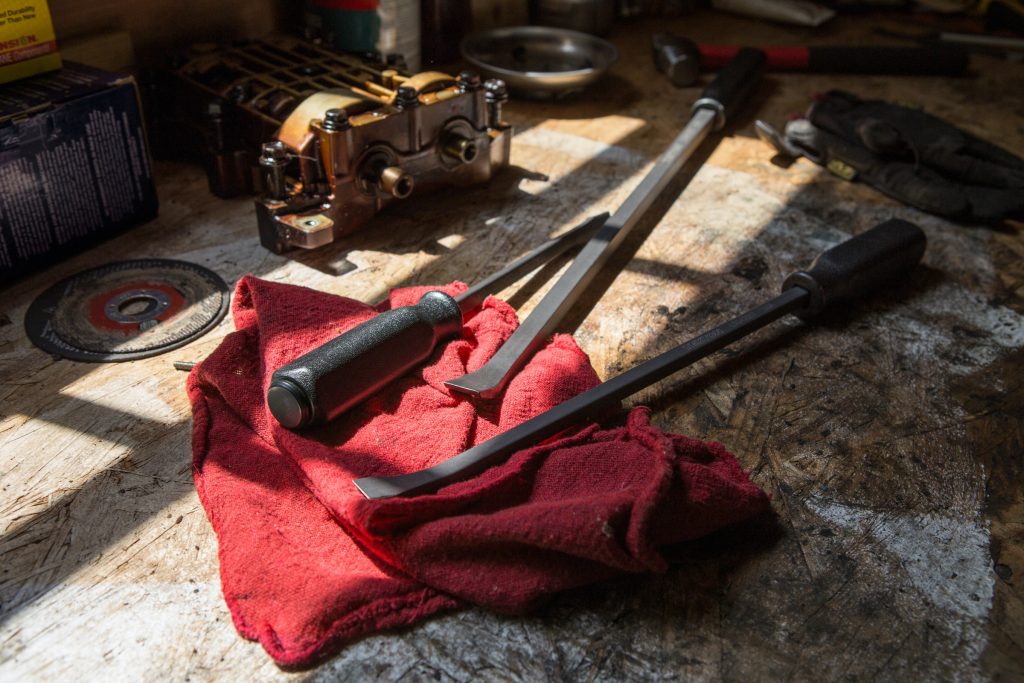 Locking doors is a straightforward procedure.
Locking doors is a straightforward procedure.
You can lock and unlock modern cars with just a single controller.
It’s so easy that occasionally we do it by oversight.
And these mishaps leave us locked out.
But, don’t panic.
It ensues for all of us.
There are three primary ways of unlocking your car.
They have endless deviations, but it’s possible.
Contrary to door lock technology, automobiles have new models each year.
Consequently, auto reentry has limitless solutions.
Every solution is a springboard point rather than a straightforward fix.
However, you can get back to your car right away when you know them all.
Table of Contents
Wedges
One of the most common methods in automobile locksmithing is to wedge the door open.
While it looks harmful, it’s actually the safest method to re-enter your car.
Basically, you place the wedge between the door frame and the door.
When pushed in the crevasse, it creates an entry for a bar.
If you have a 1996-2000 BMW, focus on grabbing the keys with your tool.
The BMW car battery is off when the key is not in the ignition.
However, it’s relatively simple if you don’t have this model.
Just use the wedge to open the door using any tool to exploit the locks.
Locksmiths use a car wedge because it has a softer and more flexible surface that will not scratch the door.
There are several sorts of auto wedges.
It looks like a household rubber door stopper.
You can cut a piece of wood into a wedge shape.
Use a piece of fabric, so the wood does not scrape the paint.
You can use an air wedge if you want.
You can slip the deflated wedge between the doorway.
The door will open wide enough to reach a tool when you inflate the air wedge.
As the door widens, it might bend or break the window, so be careful.
Probe Tools
The options are also limitless with probe tools as with an air wedge.
You can exploit the opening with the wedge by exploring the hole and releasing the lock.
Depending on the model and make of your car, the car won’t work the same way.
While most cars will open using a stick that pushes the unlock button, not all vehicles have this characteristic.
Many American vehicles contain side sliding lock switches that need a probe hook.
You can also use the hook to recover the keys when the battery is out.
A dead battery can undermine the electronic functions of a car corresponding to door locks.
The lasso-type tool or hook is excellent for vertical locks.
Sticks or wire hangers are also excellent substitute probe tools.
Remember that whatever tools you’re using should be robust enough to exploit the lock.
Always ensure that the hole diameter made with the wedge is adequate enough for you to probe.
Key Takeaways
Consider the kind of probe tool you need to exploit the door locks.
The diameter shouldn’t be any bigger than a pen.
Ensure that your devices can withstand the pressure of the job.
Secure the spot near the wedge so you won’t scratch the paint.
Set the wedge.
Ensure that it equips an adequate gap to poke your probe device.
Move with vigilance, but never let the wedge sit in the doorway for long hours.
Closed Doorway Tools

Utilizing a Slim Jim to unlock a door is probably one of the most common closed doorway tools.
Place the tool between the door’s weatherstrip and the window glass.
Slim Jim is ideal for upright locks.
The secret is using the Slim Jim leans on light touch and finesse.
Many wires may be damaged if you’re not careful when inserting the Slim Jim tool.
This tool can unlock the door in older vehicles by pressing the car’s keyhole.
There is no hard and fast rule on using a Slim Jim.
And yet the best way is to pull the lock upwards.
What sets Slim Jim apart from other closed doorway devices is that most of them depend on repeating on the other side of the glass.
When the tool is on the opposite side, it will be shaped according to its objective.
Most cars manufactured in the US use Autobuster closed doorway tools on the side door and sliding door locks.
Key Takeaways
Evaluate your locks and specify what type of tool will open your sealed door.
Be cautious when pushing the device inside the door.
Be wary of hooking when using your tool because this might suggest that your door is damaged.
Picking
Consider your door locks and specify what type of closed-door tool will open your sealed door.
Be cautious when moving the tool inside the door.
Be wary of snagging when using your tool because this might signify that the door is damaged.
Picking is the least standard automobile reentry method.
This method is ideal if you have an older car model.
But, there are more additional picking alternatives you can try.
Instead of tumblers and pins, numerous cars have wafer locks.
Wafer locks are easy to pick.
Instead of pins, the key will move wafers in separate paths.
Because wafers don’t move in the same direction, it’s easy to rake the lock in a jiffy.
You can also use tryout keys.
It’s comparable to a rake, moving up and down.
If one of the keys doesn’t work, try a different key until you see the one that functions.
Car keys moved into car remotes.
They have transponder keys that transmit signals to deter replications.
Until the locksmith accesses your vehicle’s computer, he can’t operate the transponder and the receiver.
Picking acts as a mock key.
Single-pin picking, Jiggling, and raking are worthless without the transponder in the existing key.
Nearness is another factor.
The signal needs to be more accurate and precise depending on the car.
Key Takeaways
Picking your car locks is more straightforward than picking your locks at home.
Tryout keys or jiggler keys are helpful on wafer-style locks.
In this digital age, it’s virtually unattainable to pick contemporary car model locks.
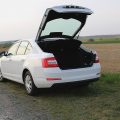
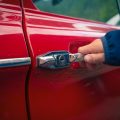

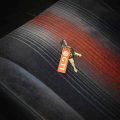
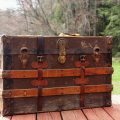

Leave a Reply